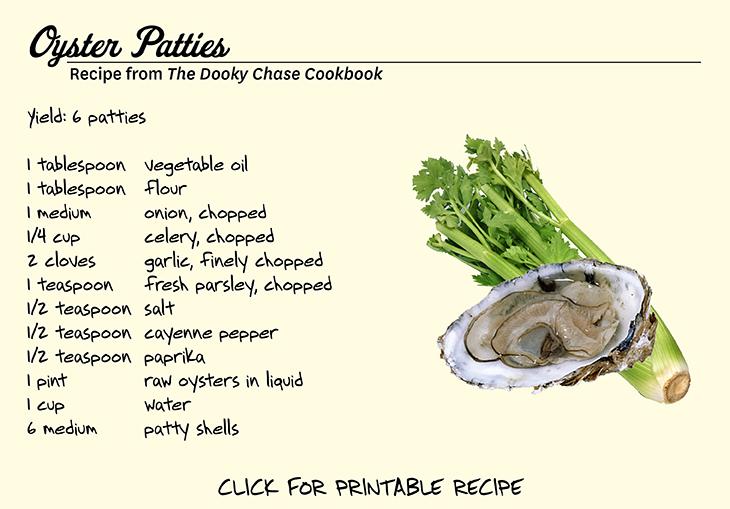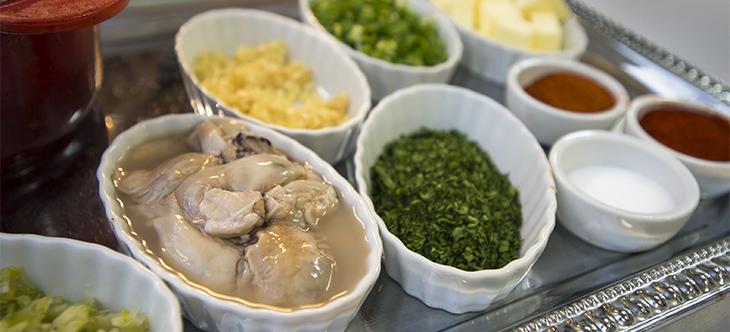Chef Leah Chase: Oysters were a Christmas tradition
The year the Great Depression hit, chef Leah Chase (née Lange) of Dooky Chase Restaurant was a little girl living in rural Madisonville, Louisiana. Times were hard. People were poor. Nothing was plentiful, except family.
Nonetheless, Chase fondly recalls Christmas and New Year’s Day being special holidays, when dinner was served at noon, lasted several hours and eventually gave way to a stream of visitors who came over for holiday cheer.
“That was your festive dinner, Christmas and New Year’s,” she says.
A Lange holiday dinner was both ordinary and spectacular. Ordinary because the family ate dishes from food that was on hand or easily acquired, spectacular because of the rare treats that were reserved for holiday consumption.
“You had a simple dinner, but it was good … We had very little, but we were happy,” Chase says: filé gumbo, pork roast (they raised pigs), apple stuffing made with apples that previously decorated the Christmas tree, Creole congri made with field peas and rice, potato salad, and desserts like fudge (“pecan candy”), sweet potato pie or pone, jelly cake and pound cake. Everything was homemade, including very potent libations like strawberry wine and cherry bounce.
A sack of oysters, still in the shell, made a rare holiday appearance that everyone looked forward to. They were hand-shucked at home, and Chase’s mother would cook them into dressing and patties made with puff-pastry shells. “That was your big treat,” Chase adds.
Today, you can scratch “shuck oysters” from your holiday to-do list because pint and gallon containers of oysters are easily bought in stores. Either way, Chase recommends that you forgo the food processor for better-tasting oysters.
“It’s important that you chop them on the [cutting] board – don’t put them in the machine,” she recommends.



